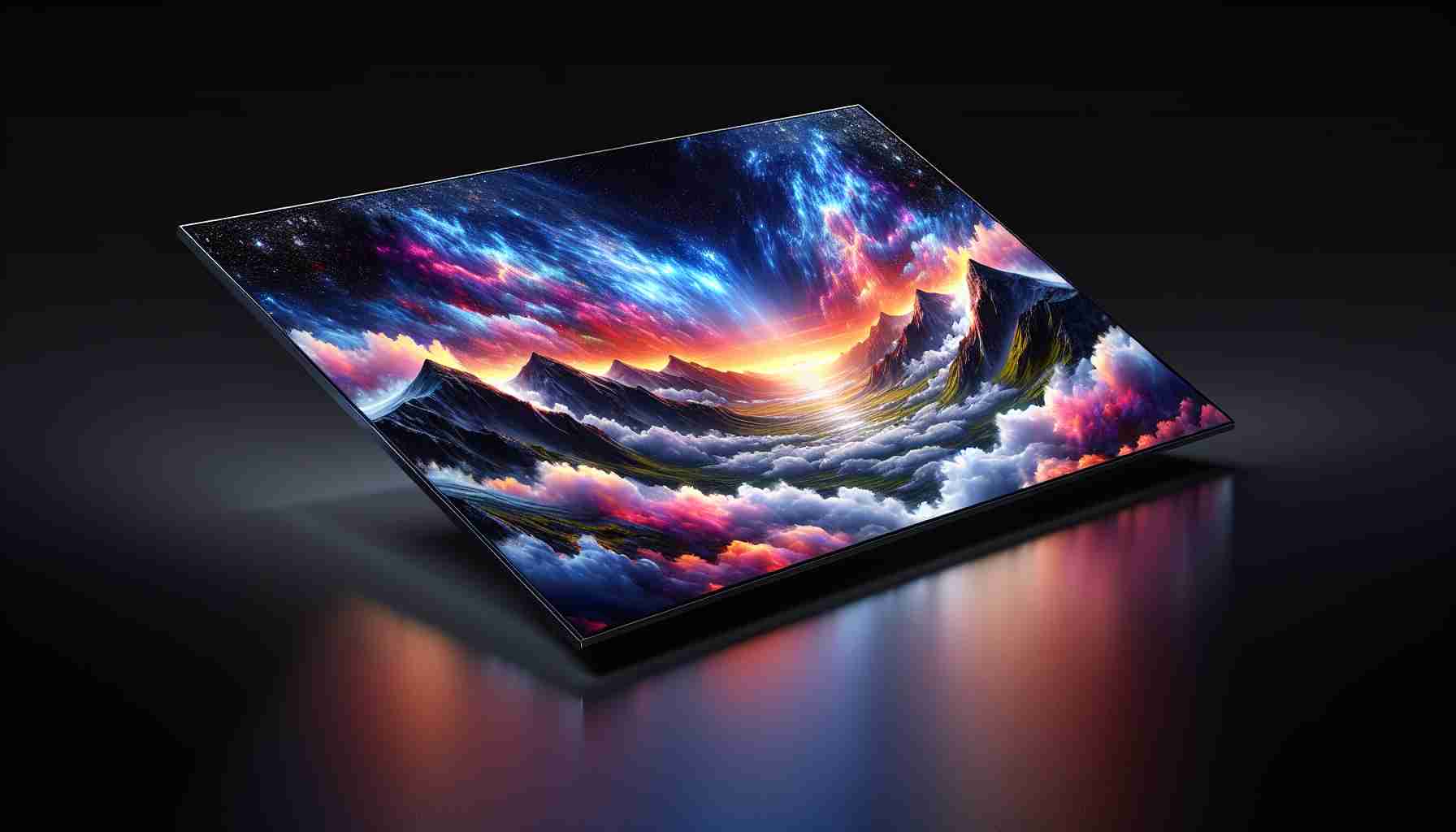Summary:
Sturdy screen technology is a term used to describe the advancements in display technology that make screens more durable and resistant to damage. This article explores the various aspects of sturdy screen technology, including its benefits, applications, and the technologies behind it. It also provides answers to frequently asked questions related to this topic.
Introduction:
In today’s digital era, screens are an integral part of our daily lives, used in a wide range of devices such as smartphones, tablets, laptops, and televisions. With increasing reliance on these devices, it becomes crucial to ensure the longevity and durability of their screens. Sturdy screen technology addresses this concern by incorporating robust materials and protective features, enabling screens to withstand various forms of damage.
Benefits of sturdy screen technology:
Sturdy screen technology offers several advantages, including enhanced durability, improved resistance to scratches and cracks, and increased lifespan of devices. This technology not only provides a more reliable user experience but also reduces the need for costly repairs or screen replacements.
Applications of sturdy screen technology:
The applications of sturdy screen technology are vast and diverse. From consumer electronics to industrial displays, this technology finds application in numerous sectors. Smartphones, for example, benefit from sturdy screens that protect against accidental drops, scratches, and impacts. In the automotive industry, sturdy screens are used in car infotainment systems to withstand harsh environmental conditions and provide uninterrupted functionality. Outdoor displays, medical equipment, and military devices are also implementing sturdy screen technology to ensure reliable performance even in challenging environments.
Technologies behind sturdy screen technology:
Sturdy screen technology employs various techniques and materials to enhance durability. One such technology is reinforced glass, commonly known as Gorilla Glass, which offers exceptional strength and scratch resistance. Another popular technology is screen coatings, such as oleophobic and hydrophobic coatings, that repel oils and water, respectively. Additionally, advancements in nanotechnology have led to the development of self-healing screens, which can automatically repair minor scratches and damages.
Frequently Asked Questions (FAQ):
Q1: Is sturdy screen technology only limited to smartphones and tablets?
A1: No, sturdy screen technology is applicable to a wide range of devices including smartphones, tablets, laptops, televisions, wearables, automotive displays, industrial equipment, and more.
Q2: Does sturdy screen technology make screens completely shatterproof?
A2: While sturdy screen technology significantly improves the durability and resistance of screens, it does not guarantee complete shatterproof quality. However, it greatly reduces the likelihood of cracks and damages from everyday use.
Q3: Are sturdy screens more expensive?
A3: Yes, devices equipped with sturdy screens may be slightly more expensive due to the additional costs associated with incorporating robust materials and protective features. Nonetheless, the long-term benefits of increased durability often outweigh the initial investment.
Q4: How can I identify if a device has sturdy screen technology?
A4: Manufacturers often highlight the use of sturdy screen technology in their product descriptions. Look for terms like “reinforced glass,” “scratch-resistant,” or specific brand names like “Gorilla Glass” to determine if a device incorporates sturdy screen technology.
With the growing demand for durable and reliable screens, sturdy screen technology continues to evolve, offering better performance and longevity. Its wide-ranging applications, from everyday consumer devices to critical industrial equipment, highlight the significance of this technology. As the technology advances further, we can expect screens to become even more resilient and resistant to damage, improving the overall user experience.
Sources:
– [Corning Gorilla Glass](https://www.corning.com/gorillaglass/)
– [Digital Trends – Sturdy Screen Protection](https://www.digitaltrends.com/mobile/what-is-gorilla-glass/)
Note: The above sources provide additional information on sturdy screen technology and related advancements in display technology.
The source of the article is from the blog myshopsguide.com
